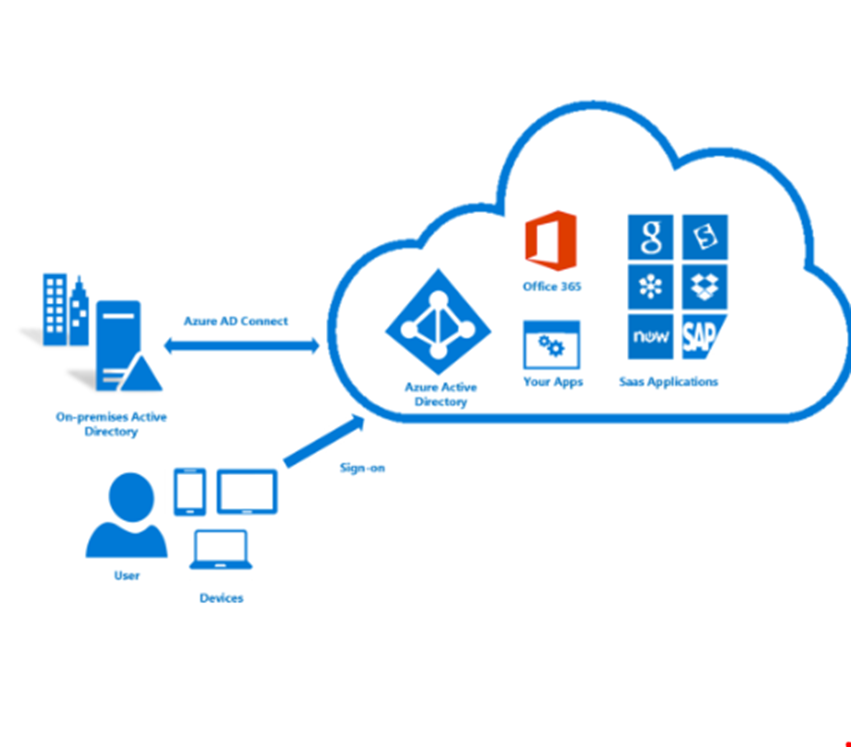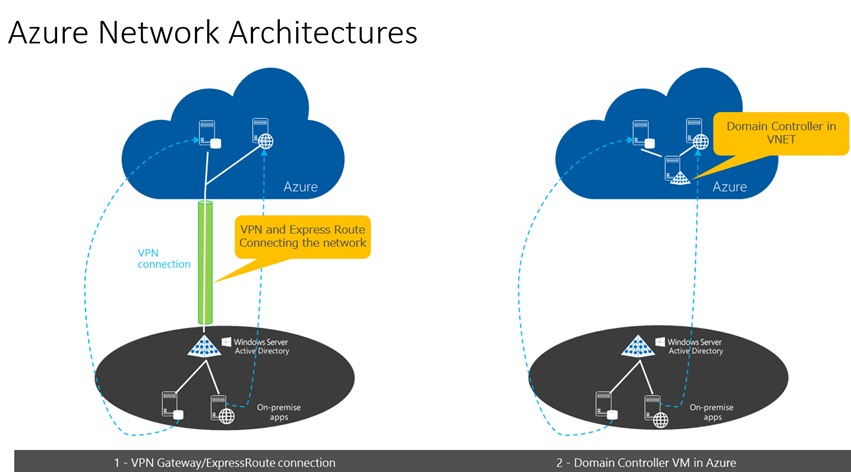Hybrid Data & Services - Connecting your datacentre to Azure
So what are the options for creating Hybrid Data & Services where you want services in the Azure cloud such as Data Science VM, Notebooks, Databases and services still on Premise
JISC (JaNET) and Azure Peering
Back in 2013 Microsoft and JaNET announced a peering agreement here what some academics think of the opportunity
Paul Watson, professor of computing science at Newcastle University said: “Cloud computing has the potential to revolutionise research by offering vast compute resources on-demand. “At Newcastle University we already have £million of research projects that are supported by the cloud. However, one of the major barriers to holding back further cloud adoption is the time it takes to transfer large datasets from the lab to the cloud for analysis. This new link between Janet and the Azure Cloud removes this barrier, and will allow a far greater range of research projects to fully exploit the benefits of cloud computing.”
Basem El-Haddeh, director of IT Services at Goldsmiths, University of London in 2013, said: “The work on Office 365 will save the (education) sector considerable time and money in legal due diligence and speed up adoption of Office 365. We are really pleased with the roll-out at Goldsmiths and our staff and students are already enjoying using the new system. I am looking forward to the benefits this strategic alliance can bring.”
Here is a quick overview of the available architectures to support Hybrid connections for Data and Services.
Azure ExpressRoute to create private connections between Azure datacentres and infrastructure on your premises or in a colocation environment. ExpressRoute connections don't go over the public Internet, and they offer more reliability, faster speeds, and lower latencies than typical Internet connections. In some cases, using ExpressRoute connections to transfer data between on-premises systems and Azure can give you significant cost benefits.
With ExpressRoute, establish connections to Azure at an ExpressRoute location, such as an Exchange provider facility, or directly connect to Azure from your existing WAN network, such as a multiprotocol label switching (MPLS) VPN, provided by a network service provider if your a UK Education customer the contact for Azure Express Route is Mark McManus https://twitter.com/MarkS McManus Learn more about Express Route at https://docs.microsoft.com/en-us/azure/expressroute/
Authenticating Azure services and on premise services is using AD Connect
Azure AD Connect will integrate your on-premises directories with Azure Active Directory. This allows you to provide a common identity for your users for Office 365, Azure, and SaaS applications integrated with Azure AD. The following resource will guide you through the planning, deployment, and operation steps. It is a collection of links to the topics related to this area. https://docs.microsoft.com/en-us/azure/active-directory/connect/active-directory-aadconnect
So why have Azure Express Route vs the standard Azure JISC peering
- Dedicated SLA - https://azure.microsoft.com/en-us/support/legal/sla/expressroute/v1_3/
- Data throughput is 1gb/s - 10gb/s
- Unlimited egress
- JISC free egress via peered connection is capped at 15% of Azure commit/consumption plan for the Universities Azure commitment
